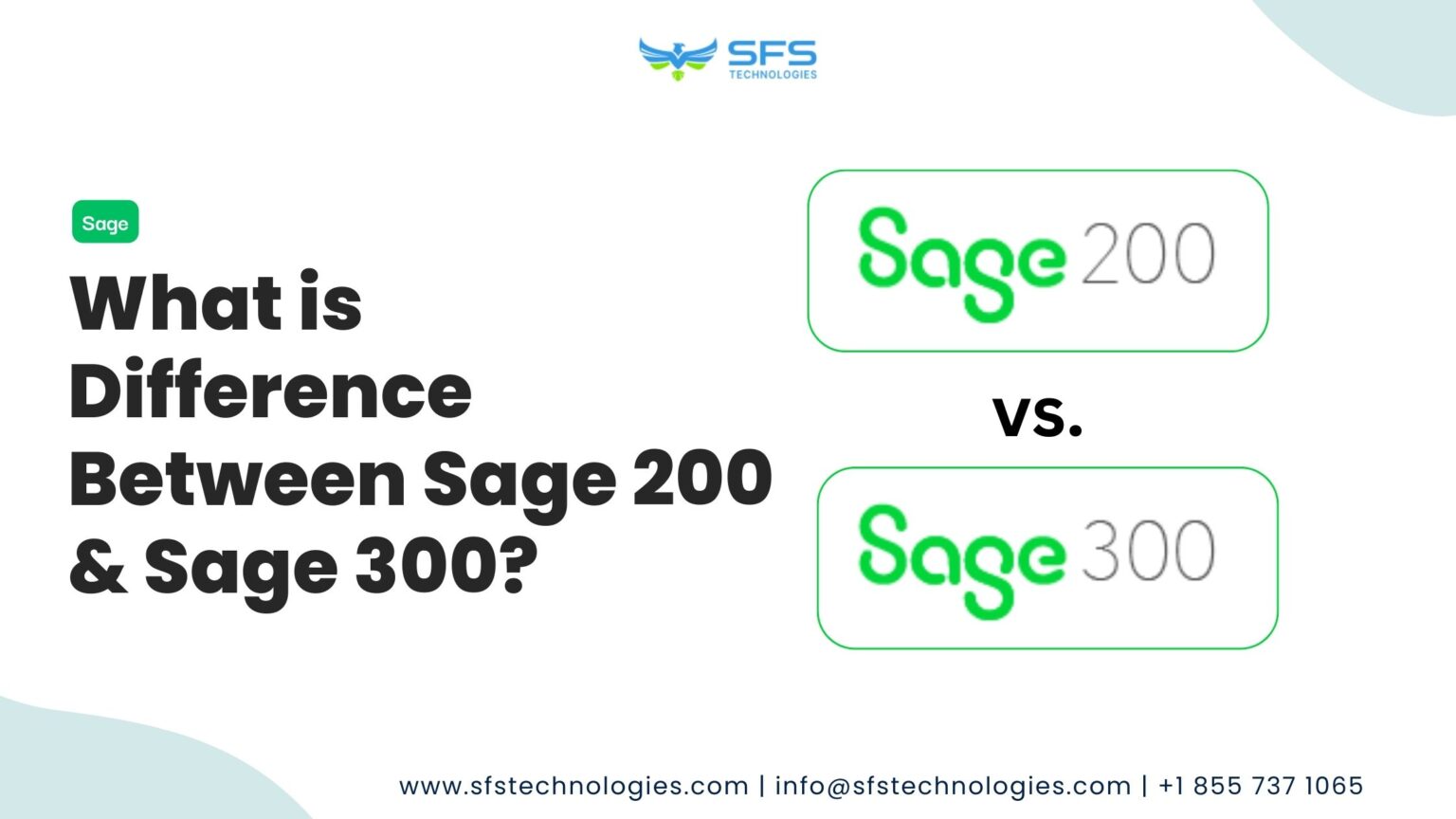We value your privacy
We use cookies to enhance your browsing experience, serve personalized ads or content, and analyze our traffic. By clicking "Accept All", you consent to our use of cookies.
Cookie PolicyWe use cookies to help you navigate efficiently and perform certain functions. You will find detailed information about all cookies under each consent category below.
The cookies that are categorized as "Necessary" are stored on your browser as they are essential for enabling the basic functionalities of the site. ...
Necessary cookies are required to enable the basic features of this site, such as providing secure log-in or adjusting your consent preferences. These cookies do not store any personally identifiable data.
No cookies to display.
Functional cookies help perform certain functionalities like sharing the content of the website on social media platforms, collecting feedback, and other third-party features.
No cookies to display.
Analytical cookies are used to understand how visitors interact with the website. These cookies help provide information on metrics such as the number of visitors, bounce rate, traffic source, etc.
No cookies to display.
Performance cookies are used to understand and analyze the key performance indexes of the website which helps in delivering a better user experience for the visitors.
No cookies to display.
Advertisement cookies are used to provide visitors with customized advertisements based on the pages you visited previously and to analyze the effectiveness of the ad campaigns.
No cookies to display.

Difference between Sage 200 and Sage 300: Sage is a company that provides management solutions for businesses of all sizes. Sage 200 and Sage 300 are two of the most popular products offered by Sage. These products are designed to help companies to increase efficiency and facilitate growth.
Both platforms have distinct features and are targeted towards different groups of users. Sage 200 and Sage 300 are valuable tools for businesses looking to streamline operations or grow.
In this blog, we have compared Sage 200 and Sage 300 to help businesses make informed decisions. Our comparison covers all the details between Sage 200 and Sage 300.
Sage 200 is a software solution designed for small to medium-sized businesses. It provides various features that include financial management, inventory control, and customer relationship management.
Sage 200 has a user-friendly interface that makes the software easy to adopt and use. It helps businesses transition from manual processes to legacy systems.
Here are a few features of Sage 200:
Sage 200 facilitates precise financial oversight, allowing businesses to manage accounts, track expenses, and generate insightful reports for informed decision-making.
Sage 200 enables enterprises to monitor stock levels, optimize replenishment, and streamline order fulfillment processes. It has robust inventory management capabilities.
Seamless integration with CRM functionalities empowers businesses to develop and nurture customer relationships, driving sales growth and fostering customer loyalty.
Leveraging advanced analytics and reporting tools, Sage 200 provides businesses with actionable insights, enabling them to identify trends, forecast performance, and strategize effectively.
Sage 200 offers scalability, accommodating business growth and evolving needs through customizable modules and flexible configurations for SMEs.
Sage 300 is an Enterprise Resource Planning (ERP) software designed for larger companies and multinational corporations. It offers a wide range of features and can be customized to fit the complex operational needs of various industries.
Sage 300 is scalable and can adapt to the changing requirements of growing organizations.
Here are a few key features of Sage 300.
Sage 300 contains a comprehensive suite of ERP functionalities, including financial management, procurement, manufacturing, distribution, and project management, catering to the multifaceted needs of large enterprises.
Sage 300 supports multiple currencies and languages, facilitating seamless transactions and communication across international borders.
Sage 300 provides extensive customization capabilities that allow organizations to tailor the system to align with their specific processes and preferences.
Sage 300 integrates seamlessly with other enterprise systems and third-party applications. It helps optimize organizations’ entire ecosystem and enables smooth operations across departments and functionalities.
Sage 300 empowers organizations to gain actionable insights into their processes, financial performance, and market trends, facilitating data-driven decision-making at every level. Sage 300 has advanced reporting and analytics tools.
Sage 200 and Sage 300 are both management solutions for businesses. There are some differences between them, although they share a common goal. These differences set them apart from each other.
Businesses choosing between Sage 200 and Sage 300 must consider their specific needs, organizational structure, growth projections, and operational complexities. Considering these factors carefully is essential to determine the best fit for their business.
Sage 200 can be an excellent option for a small or medium-sized business looking for a budget-friendly solution. It helps them to simplify your essential business functions.
However, if you’re a large enterprise dealing with complex workflows, global operations, and scalability needs, Sage 300 offers more comprehensive capabilities that suit your requirements better.
If you want to learn more about Sage 300, contact our Sales team at +1 855 737 1469 or email info@sfstechnologies.com.